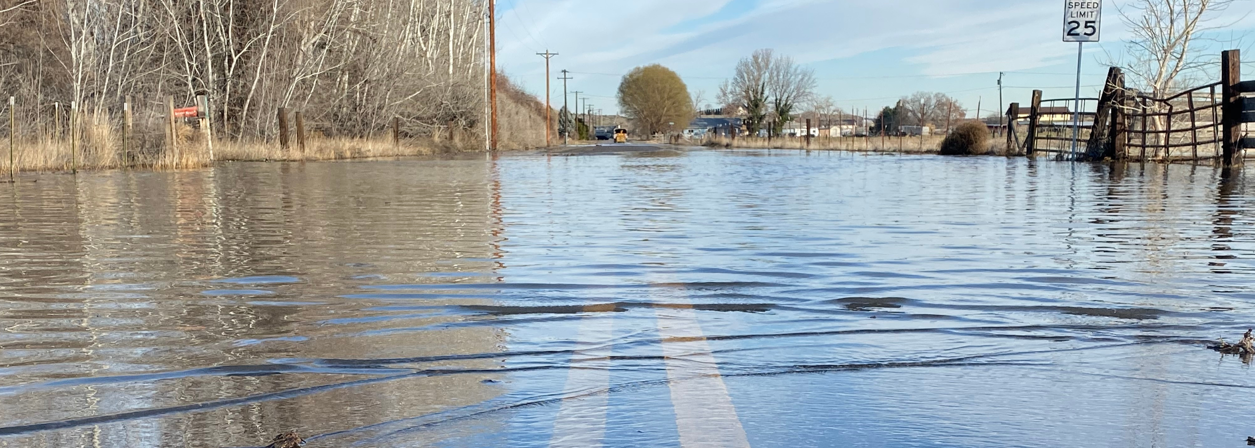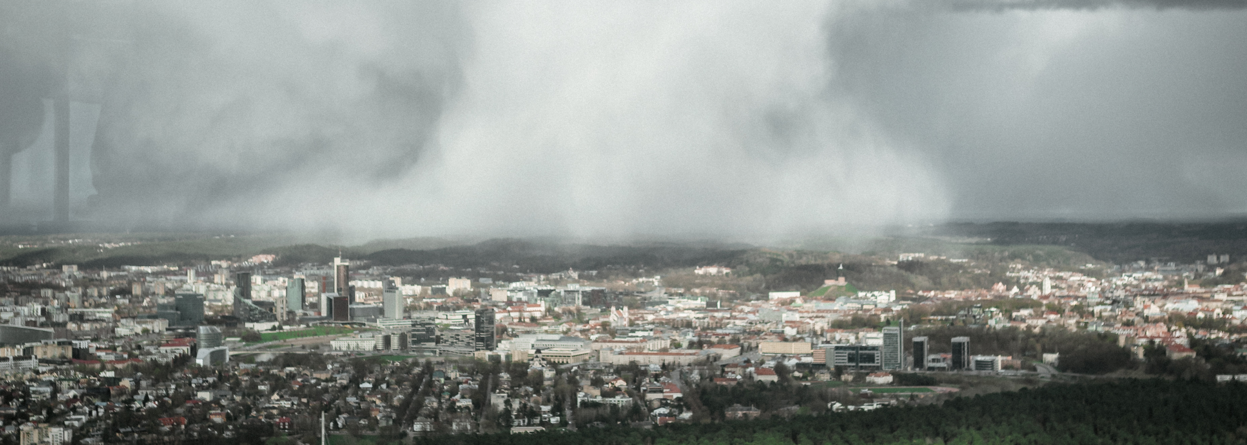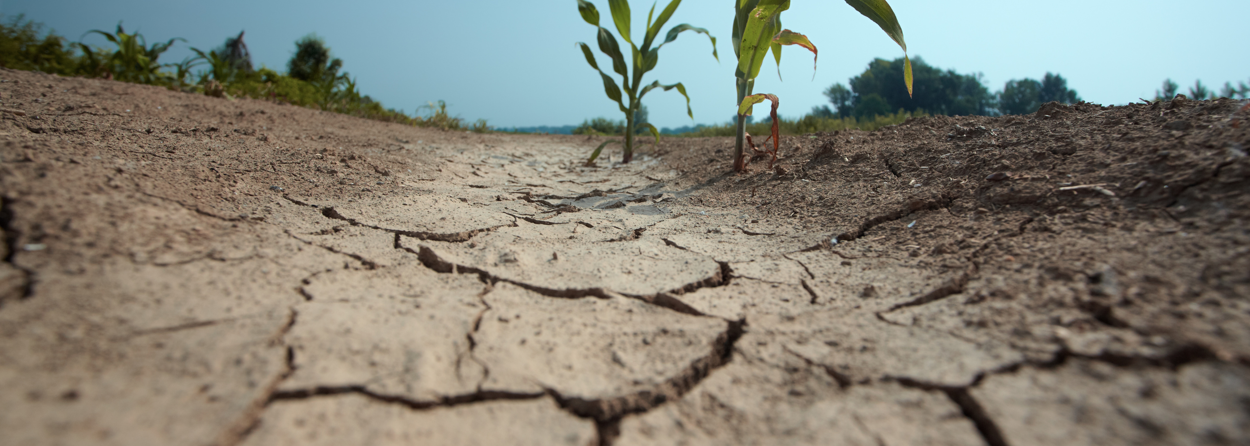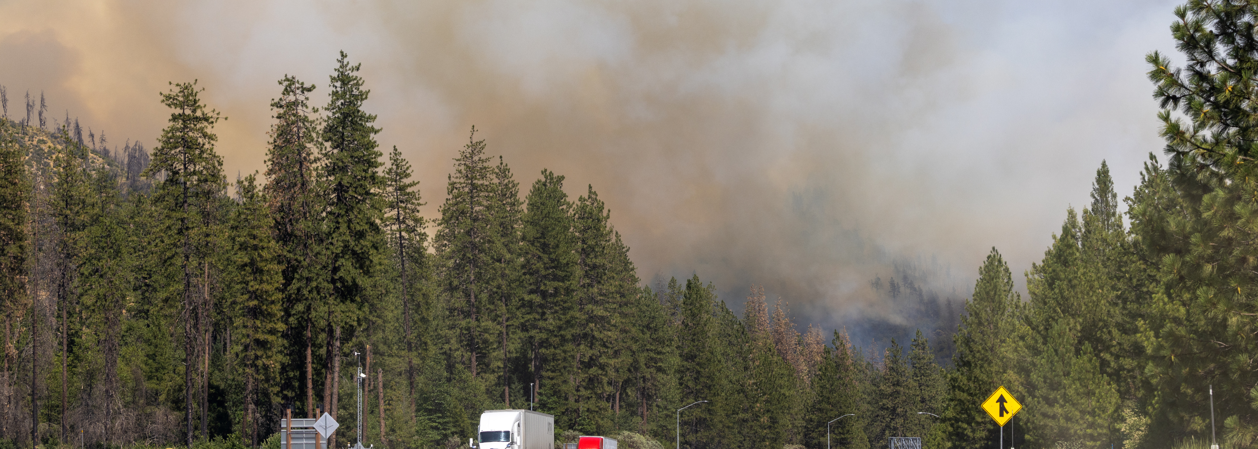Climate hazards are intensifying, but it's not just emissions driving the risk. Aging infrastructure and delayed upgrades are leaving our built environment dangerously exposed; data and digital tools are the key to turning vulnerability into resilience. Here's our thoughts following the newly released UK Climate Resilience Roadmap by UK Green Building Council (UKGBC).
The UK Climate Resilience Roadmap, that was launched during London Climate Action Week at the end of June 2025, provides a comprehensive framework to address climate hazards impacting the built environment, including flooding, overheating, storms, drought, and wildfires. Developed by the UK Green Building Council (UKGBC), it emphasizes the urgent need for adaptation and resilience to protect communities, infrastructure, and ecosystems from the increasing risks posed by climate change. The Roadmap serves as a call to action for policymakers, industry professionals, and communities to embed climate resilience into planning, design, and operations, ensuring a sustainable and adaptive built environment.
5 Climate Hazards the UK Must Prepare For
There are many climate hazards, and they are very regional. The key climate hazards affecting the British Isles, as outlined in the document are:
1. Flooding

Flooding caused by fluvial (river), pluvial (surface water), and coastal sources, along with rising sea levels, leads to damage affecting homes, infrastructure, ecosystems, and agriculture.
2. Overheating

Increasing heatwaves and urban heat island effects pose risks such as health impacts, reduced productivity, and strain on building systems.
3. Storms

High winds, heavy rainfall, and storm surges can lead to structural damage, flooding, and disruption of critical services.
4. Drought

Water shortages caused by reduced rainfall and higher temperatures impact agriculture, ecosystems, and building foundations, increasing the risk of subsidence.
5. Wildfires

Hotter, drier conditions increase wildfire risks, threatening lives, buildings, air quality, and natural habitats.










